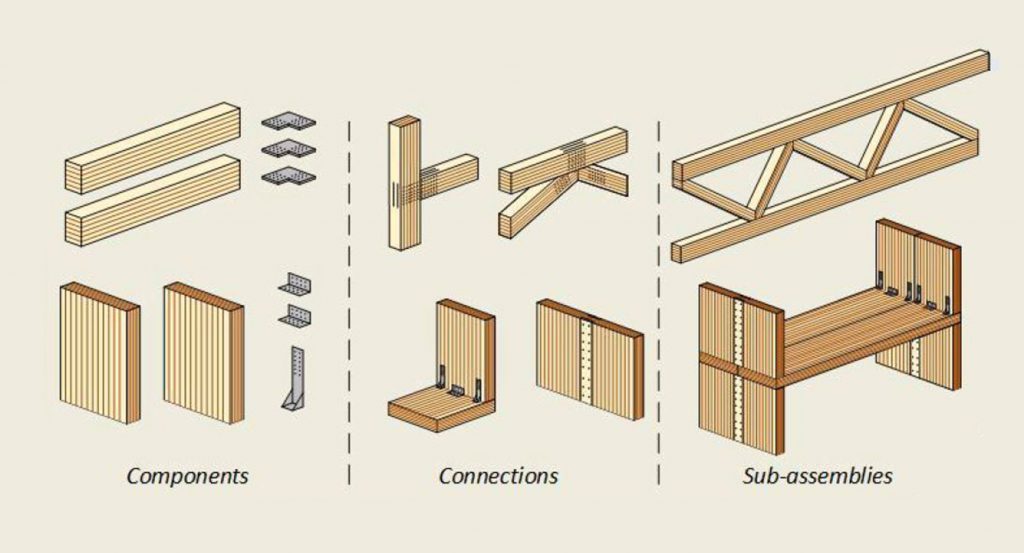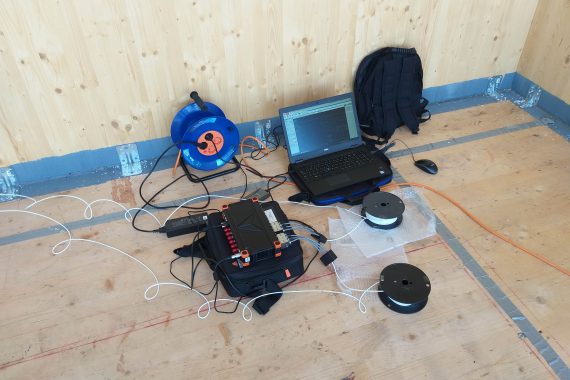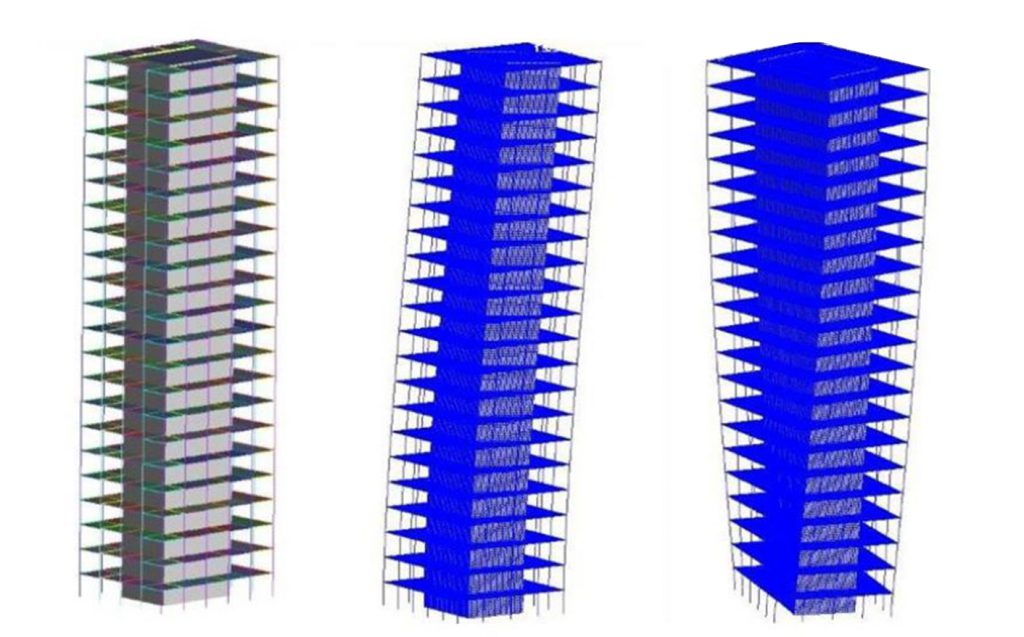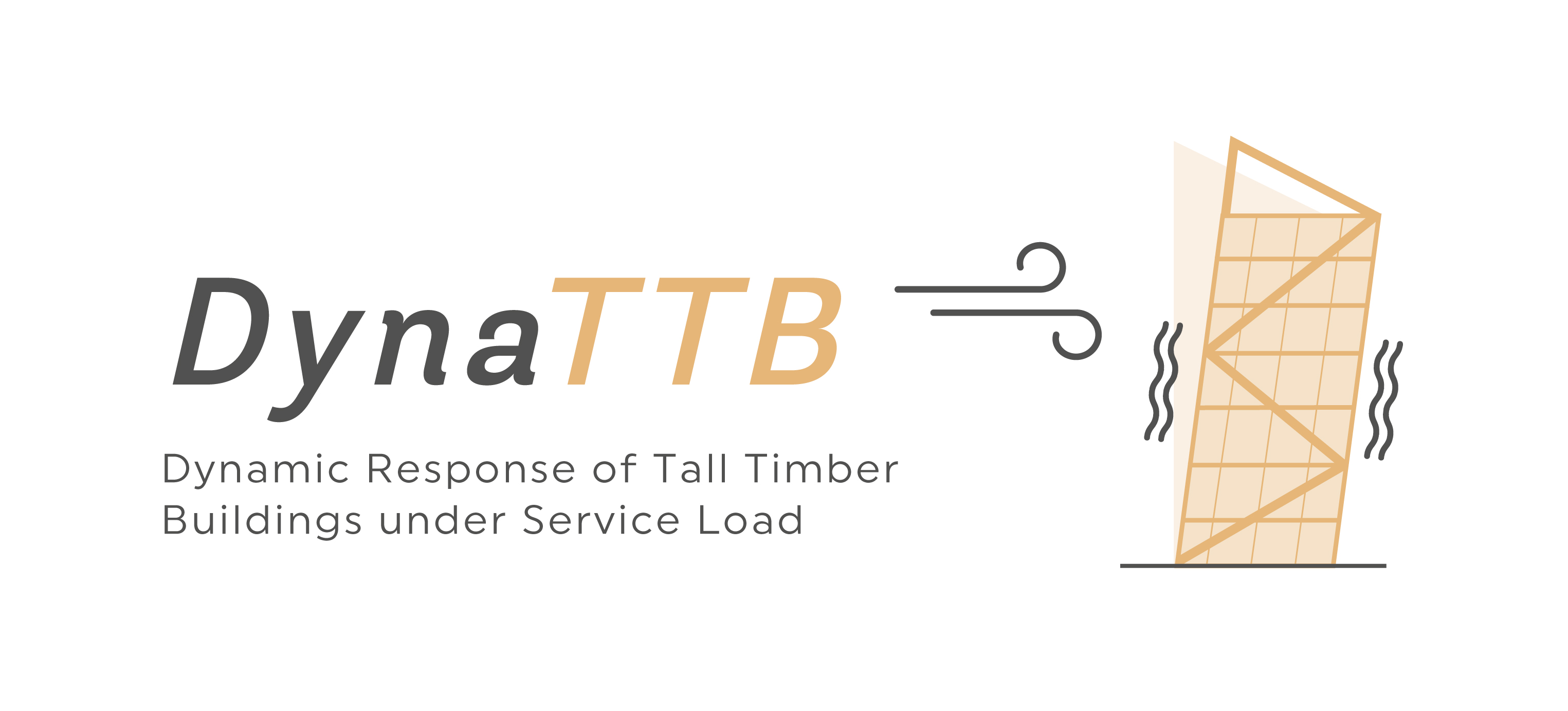



Work Packages
The project aims for a comprehensive understanding of the dynamic response of tall timber buildings under serviceability loads. Full building numerical models’ response will be compared with the experimentally measured in-situ data. The overall chain of information will be traced down to the experimental response of the main building blocks – timber elements and steel connections. The currently missing or uncomplete data will be evaluated (i.e. damping parameters of different types of tall timber buildings) for different types of boundary conditions. The broad set of parameters evaluated at the end of the project will enable a more precise and rational design of tall timber buildings with a higher comfort for their occupants.

WP 1 – Coordination
The coordination work package is responsible for the administration of the project, including the consortium agreement, information, reports, and external representation of the project. The project coordinator is responsible for the internal project management and project meetings.

WP 2 – Laboratory-based experimental determination of dynamic response of components, connections and sub-assemblies
The objective of the work package is to experimentally study the dynamical properties for components connections and sub-assemblies for TTBs. The dynamical response will be studied using vibration and cyclic tests on different prototype scales: 1) single full-size timber components, 2) connection details and 3) sub-assemblies with more than two wooden members and non-structural material. The results from laboratory tests will be used to calibrate the numerical models.

WP 3 - In-situ measurements
A European-wide programme of short term FRF-based dynamic tests will be carried out on a number of representative buildings in Sweden, Norway, France and some other EU countries currently building TTB construction.

WP 4 - Numerical modelling of dynamic response
The objective of the work package is to experimentally study the dynamical properties for components connections and sub-assemblies for TTBs. The dynamical response will be studied using vibration and cyclic tests on different prototype scales: 1) single full-size timber components, 2) connection details and 3) sub-assemblies with more than two wooden members and non-structural material. The results from laboratory tests will be used to calibrate the numerical models.

WP 5 – Dissemination and Exploitation
Dissemination of research findings and impact within the timber-based construction industry, is a fundamental part of this project. The activities will ensure that the specific knowledge is transferred to the targeted industrial sector, informing states and municipalities of the latest findings, as well as raising awareness among the general public. Furthermore, the results obtained in this project will have the potential to be implemented in building design codes. For the intermediate period the Design Guidelines published at the end of the project will fill the knowledge gap.
